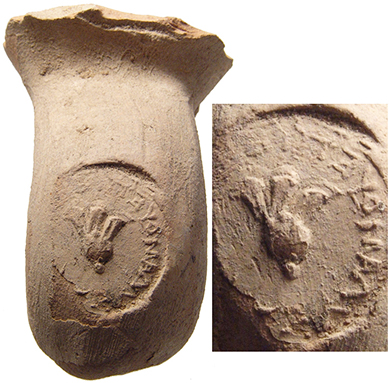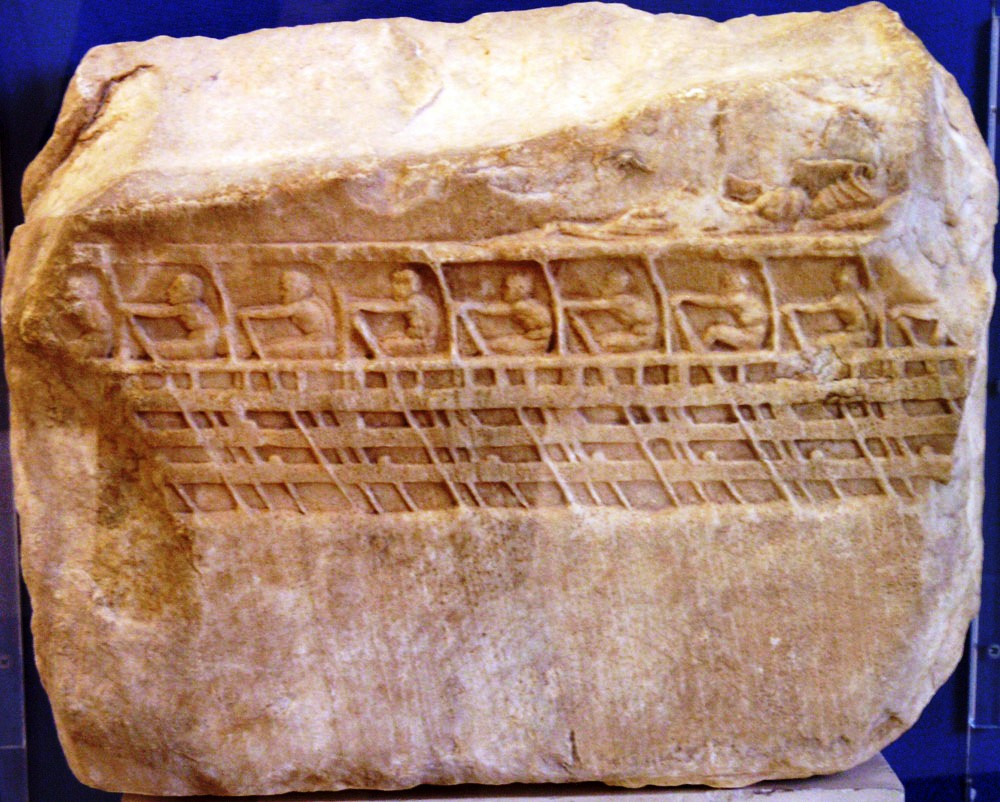Attic greek is the greek dialect of the ancient city state of athens of the ancient dialects it is the most similar to later greek and is the standard form of the language that is studied in ancient greek language courses attic greek is sometimes included in the ionic dialect together attic and ionic are the primary influences on modern greek.
Attic greek lead relief vessel.
In this period the surface of the pot was completely covered with a network of fine patterns in which circles and arcs predominate.
3 calyx krater a large krater a lower body is shaped like the calyx of a flower with two handles shaped so a psykter shaped vase can fit inside.
Common types greek vases and vessels included the 1 amphora a two handled jar with a narrow neck was used to store or carry wine or oils.
The almost spherical body resting on a molded foot in two degrees with a reserved band around the top merges gracefully into a concave neck with an overhanging rim whose reserved hand has a black painted egg and dart motif.
2 krater or crater mixing vessel a large vase known mostly for being used to water down wine.
An attic red figure pelike with relief decoration and inscriptions naming characters from homer s the iliad.
Rare ancient greek female bust clay pottery fragment antiquity ca 600bc 200ad.
Greek bronze vessels were made using two techniques.
The bodies were generally hammered starting with a disc of thickened metal and raised slowly to the desired contour.
Ancient greek pottery bronze jar excavated in jerusalem.
Clay was generally prepared and refined in settling tanks so that different consistencies of material could be achieved depending on the vessel types to be made with it.
Ancient greek pottery due to its relative durability comprises a large part of the archaeological record of ancient greece and since there is so much of it over 100 000 painted vases are recorded in the corpus vasorum antiquorum it has exerted a disproportionately large influence on our understanding of greek society the shards of pots discarded or buried in the 1st millennium bc are.
One major type of funerary vase was the krater a mixing bowl for wine and water used by elite greek males at symposiums.
Many greek painters referenced this lifestyle in their art.
This left the metal extremely thin.
To these bodies were added by means of lead solder cast feet and handles.
Greek pottery developed from a mycenaean tradition borrowing both pot forms and decoration.
Attic red figure bell krater c.
The earliest stylistic period is the geometric lasting from about 1000 to 700 bce this period is further broken down into a proto geometric transition from mycenaean forms.
According to this ceramic tradition the black portions on the vessels are the painted sections.
The clay keramos to produce pottery kerameikos was readily available throughout greece although the finest was attic clay with its high iron content giving an orange red colour with a slight sheen when fired and the pale buff of corinth.
Symposiums were an eastern influence in which the aristocracy would lie down and drink.









